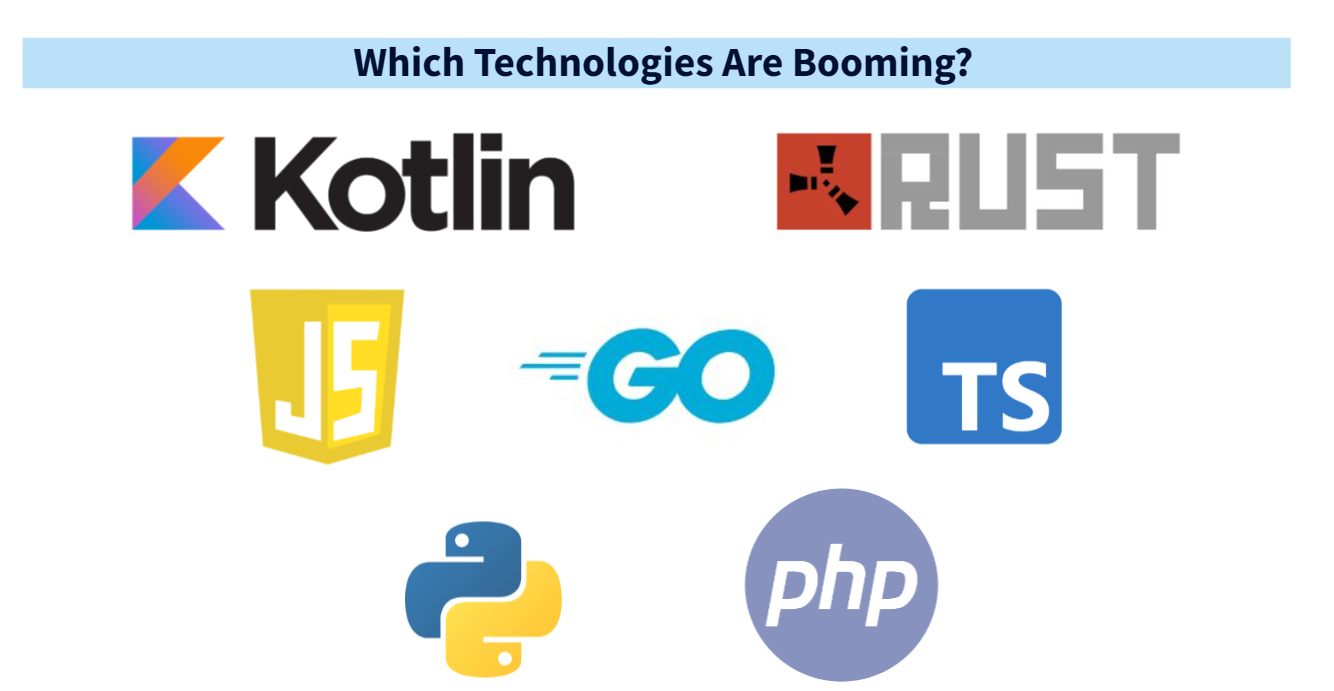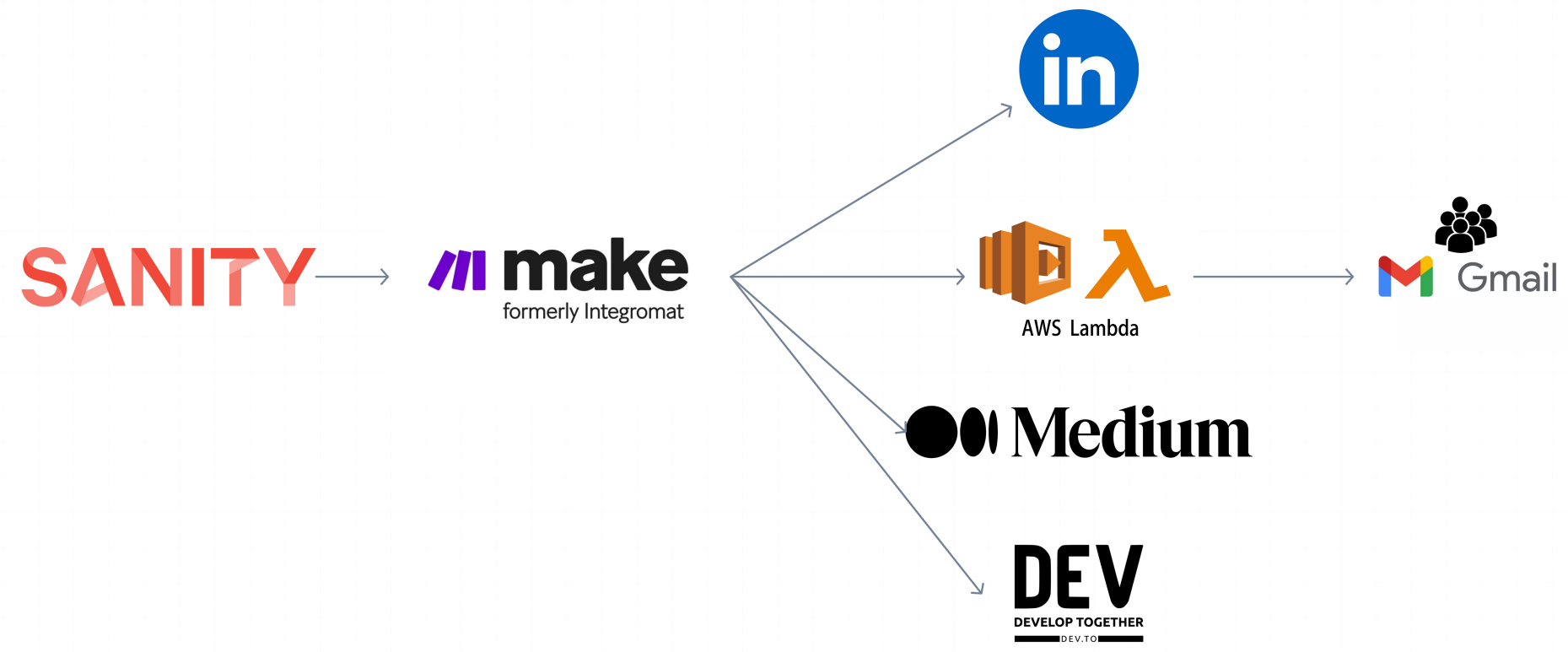Imagine your application is a sleek, well-oiled machine—until it starts to outgrow its parts and sputter under pressure. This is the crossroads many developers face when choosing between monolithic and microservices architectures. While a monolithic design offers simplicity, it can quickly become a bottleneck as demands increase. Enter microservices: a dynamic approach that promises flexibility and scalability but comes with its own set of challenges. Dive into this article to uncover how these architectural choices impact your application’s performance and discover the strategies to navigate a successful transition.
We will cover:
- What is a monolithic architecture?
- Advantages and Desadvantages
- Scenarios
- What are microservices?
- Advantages and Desadvantages
- Scenarios
- Differences between monolithic and microservices architecture
- How to migrate from monolithic to microservices
What is a monolithic architecture?
A monolithic architecture is a traditional model of software design where an application is built as a single and unified unit. In this model all the app componentes such us: user interface, business logic and data layer are integrated and deployed together.
A monolithic architecture is characterized for its simplicity and easy deployment, it’s ideal for small and medium size apps.
Advantages
- All the code is in one place so that makes it easy to understand how the different parts of the code works
- The development process can be faster since developer don’t need to worry about communication between services
- The deployment is easy because it’s only required to deploy one artifact and also if something goes wrong during the deploymen process is very easy to roll back changes
Disadvantages
- When a monolithic application grows, it becomes complicated to manage it.
- In a complex application, the development time can increase due to can be difficult to understand the logic and its parts.
- All the parts of the application are created with the same technology in the whole project, so it can limit the developers flexibility.
- The application will have a single database.
- Since the application is deployed the first time, each change or updated may take longer because always will be necessary to deploy the entire monolithic to apply changes or updates.
- Nothing is isolated, so if a part of the applications fails the entire application would bring down and it will affect the user experience.
Scenarios:
- Small simple application
- Limited development team resources
- Low operational complexity
- Frequent changes are not expected
What are microservices?
In a microservices architecture, an application is built as a collection of smalls services where each service represents an specific business task. Those services has to be integrated and communicated with each other using HTTP protocols or messaging queues.
This is helpful for big size and complex applications due to will be more organized, structured and easy to understand.
Advantages
- Each service is responsible for an specific task or functionality which can be developed, deployed and scaled independently.
- Each service can have its own database so you don’t need to share a single database with all services.
- Allows developer to use different technologies according their knowledge and the specific requirements. That means that each service can be developed with a different technology and doesn’t affect the application running.
- If a specific service fails, that doesn’t mean that the entire application has to be affected, just the service will be off but the rest of the application won’t be impacted.
- The code is easy to understand, modify and manage due to each service is small and focused in a specific functionality.
Disadvantages
- It can be complicated to manage a large number of services , it requires a good coordination between teams.
- Deploying and managing a large number of services requires a robust deployment pipeline and automated tools.
- Monitoring and debugging microservices can be challenging since each service is independent.
- Costs for scalibility and flexibility can increase due to large numbers of services.
Scenarios:
- Complex applications
- High scalability and isolation
- Implementing differents technologies
- Dynamic evolving product
Differences between monolithic and microservices architecture:
1. Architecture
Monolithic Architecture: Single-tier architecture
Microservice Architecture: Distributed architecture
2. Size
Monolithic Architecture: Large, with all components tightly coupled
Microservice Architecture: Small, with loosely coupled components
3. Deployment
Monolithic Architecture: Deployed as a single unit
Microservice Architecture: Individual services can be deployed independently
4. Scalability
Monolithic Architecture: Horizontal scaling can be challenging
Microservice Architecture: Easier to scale horizontally
5. Development
Monolithic Architecture: Simpler initially
Microservice Architecture: More complex due to managing multiple services
6. Technology
Monolithic Architecture: Limited technology choices
Microservice Architecture: Freedom to choose the best technology for each service
7. Fault Tolerance
Monolithic Architecture: Entire application may fail if a part fails
Microservice Architecture: Individual services can fail without affecting others
8. Maintenance
Monolithic Architecture: Easier to maintain due to its simplicity
Microservice Architecture: Requires more effort to manage multiple services
9. Flexibility
Monolithic Architecture: Less flexible as all components are tightly coupled
Microservice Architecture: More flexible as components can be developed, deployed, and scaled independently
10. Communication
Monolithic Architecture: Communication between components is faster
Microservice Architecture: Communication may be slower due to network calls
Communication may be slower due to network calls
How to migrate from monolithic to microservices:
Migrating from monolithic architecture to microservices can be a complex task but can improve scalability, and flexibility. Here are some tips to guide you throught the process:
1. Assess and Plan
- Understand and Plan: Analyze your current system and define clear migration goals.
2. Identify and Prioritize Services
- Decompose and Prioritize: Break down the monolith into manageable services and prioritize them.
3. Define Microservices Boundaries
- Design Boundaries: Use domain-driven design to create distinct, self-contained services.
4. Design for Microservices
- API Contracts and Data Management: Establish clear APIs and manage data independently for each service.
5. Implement Incrementally
- Gradual Replacement: Use techniques like the strangler pattern to gradually replace parts of the monolith.
6. Focus on DevOps and Automation
- Automate Processes: Implement CI/CD pipelines and infrastructure as code for smooth deployments.
7. Handle Cross-Cutting Concerns
- Manage Common Needs: Use tools for service discovery, API management, and centralized monitoring.
8. Manage Data and Transactions
- Data Strategy: Plan for data migration and handle distributed transactions carefully.
9. Test Thoroughly
- Comprehensive Testing: Develop extensive unit, integration, and end-to-end tests.
10. Prepare for Change Management
- Train and Communicate: Ensure team training and keep stakeholders informed.
11. Iterate and Improve
- Continuous Improvement: Regularly review, optimize, and refactor based on feedback and performance data.
Conclusion
Choosing between monolithic and microservices architectures depends on your application's needs. Monolithic architecture offers simplicity and ease of deployment for smaller applications, but can become unwieldy as they grow. Microservices provide greater flexibility and scalability by breaking down applications into manageable services, though they require careful management and robust infrastructure. Migrating to microservices can enhance your application's performance and adaptability, but it requires a well-thought-out plan and ongoing optimization. By understanding these architectures and following best practices for migration, you can effectively support your application's growth and evolution.
References
https://www.geeksforgeeks.org/monolithic-vs-microservices-architecture/
https://www.atlassian.com/microservices/microservices-architecture/microservices-vs-monolith
https://www.techtarget.com/whatis/definition/monolithic-architecture




